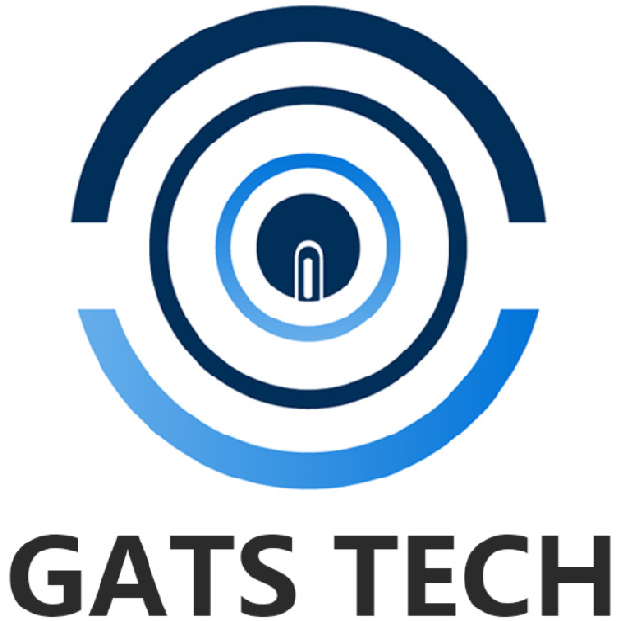FAQ
- Home /
- FAQ
There is no difference in the display technology – both use TFT LCD panels – but the “LED monitor” uses a white LED backlight to illuminate the TFT LCD panel, while traditional LCD monitors use cold cathode fluorescent lamps (CCFL). The advantages of LED backlighting include higher brightness and dynamic contrast, lower power consumption, longer backlight lifetime and a slimmer monitor housing. Further reference can be found at LED Backlit LCD Television.
Yes, the touchscreen connects to any PC with a standard VGA video port and a serial (RS-232) or USB port. Some later model touch screens also support Digital Video Input (DVI) in addition to VGA.
No. All touch screens are ready to plug and play straight from the box. Each touch screen is supplied with a VGA or DVI video cable, serial or USB cable, power supply unit, AC power cable, driver CD and full installation instructions.
Yes. Included with each touch screen is a driver CD that supports Microsoft Windows 2000, XP and Windows7. If you are using an older Windows operating system, or Linux, you may download the drivers from 3M Drivers Portal. If you are using any other operating system, such as MacIntosh or Silicon Graphics, 3rd party drivers are available from http://www.touch-base.com.
After loading the software driver the touch screen control panel will automatically detect which port the touchscreen is connected to. It will then show a screen with a target in each corner, each of which you will be required to touch in turn to tell the driver the extent of the screen. The software saves these settings and quits. That´s it!
Yes. The mouse, keyboard and track-pad will all work as normal and there is no conflict of drivers. The only restriction to the number of input devices you can connect is the number of USB or serial ports on the PC.
This depends on the technology used. For instance, Resistive technology works with a gloved hand while Capacitive won´t.
Yes. There is no conflict between the touch screen drivers and your applications. However, these applications are designed to be use with a cursor, which is much smaller than a human finger. You may find it difficult to click on smaller icons such as the window close button. Consequently a touch screen interface is often written for point-of-information applications using bigger buttons.
Yes. The driver supports multiple touch screens, but you will require a separate VGA (video) card and USB or serial port for each touchscreen.
It depends on the monitor model. Some manufacturers, for example NEC, design some of their LCD monitors with the space to retro-fit a touch sensor and controller. In other monitors there is not enough space to install the touch sensor. If you contact us with the manufacturer and model no. of the display you wish to convert, we can advise if it can have a touch sensor integrated and, if so, the correct part no. of the sensor. However, we recommend the installation is done by an experienced electrical engineer who is familiar with screen technology. Also, because you need to open the monitor casing you may void your display´s warranty.
Yes, the Desktop LCD Touch screens have standard VESA mounting points on the rear and when their stand is removed can be fitted to any industry standard monitor wall-bracket or arm.
No. For outdoor use you will require a daylight viewable LCD display with integrated touch screen. We custom-build these to your specific requirement
Yes. We can supply an IP66 rated display.
Yes. Depending on the environment you can use a touch screen monitor fitted with either a ToughTouch or NFI sensor
Yes, although this depends on the manufacturer and the monitor model. Some manufacturers design their displays with enough space inside so a touch sensor and controller can be fitted later. However some monitors are too slim and cannot be converted. We also impose a minimum order quantity for custom built touch screens
Accordion ContentThe warranty is between 1 year and 2 years,
A kiosk is a self-contained unit that may be wall mounted or floor standing that contains the touch screen, the PC and other peripherals in a secure metal housing with lockable doors.
A kiosk is usually employed in a public area where it can be left unattended and used by the general public. In addition the kiosk can securely house other peripherals such as printers, credit card readers, barcode readers and currency acceptors.
VESA is an abbreviation for Video Electronics Standards Association, a group founded to establish standards for video displays.When we refer to VESA mounting points these are the four M4 size holes in the rear of a display, used to attach it to a wall bracket or desk arm. The industry standard for smaller monitors is that the mounting holes are at either 100 mm x 100 mm or 75 mm x 75 mm centres. For larger displays, for example 32″, there are 16 mounting holes, 600 mm x 200 mm at 100 mm centres.
The OSD is the On Screen Display which allows the user to change contrast, brightness and other settings, usually accessed from the Menu button on the monitor.
The bezel is the frame around the front of a display.
The touch sensor is a sheet of glass or plastic that is designed to respond to touch, either through pressure or using light, static or acoustic sensors. The information, i.e. the position of the finger, is passed to the touch controller, which is connected to the host PC.
The touch controller converts the electronic signal sent from the touch sensor and sends this information, as an X/Y position, to the host PC through a serial or USB port.
Multi-touch refers to a touch system´s ability to simultaneously detect and resolve a minimum of 3+ touch points. All 3 or more touches are detected and fully resolved resulting in a dramatically improved touch experience.
